Gurus
The term “guru” refers to a person who acts as a personal spiritual guide or teacher. Unlike typical teachers, however, gurus don’t teach us through following a syllabi or curricula, ticking off a checklist of subjects once the student has shown an understanding of it. The guru focuses, instead, on helping us come to a place of self-realization, to attain spiritual fulfillment and, ultimately, arrive at divine consciousness.
Etymology of the Word, “Guru”
Derived from a Sanskrit word for a teacher (according to some theories) the word “guru” is mentioned in the oldest Vedic texts in relation to the heaviness or powerfulness of a mantra. Mantras were supplied by Rishis, who were seers and sages also discussed frequently in the Vedas. They created songs and poetry based on the Vedic Texts and were thought to have acquired divine qualities, reaching the highest levels of enlightenment. Parts of these songs were converted into mantras which were passed down through the Rishis and their families. The power behind the mantras was eventually given human properties which became gurus.
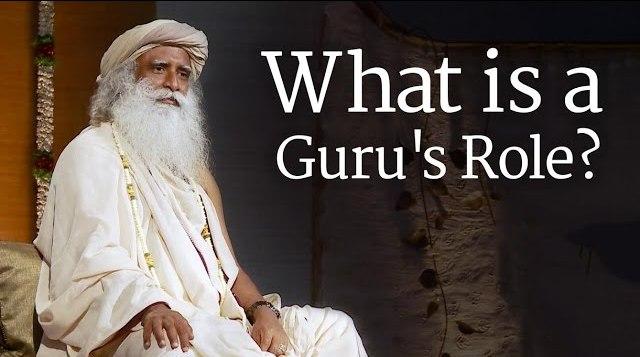
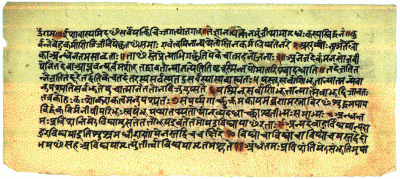
Guru in the Upanishads
An alternate etymology of the word “guru”, which is found in the 16th verse of the Advaratayaka Upanishads, is that it consists of two combined syllables: “gu” meaning “darkness” or “lack of spiritual knowledge”, and “ru” which means “one who dispels it”. Brought together, the syllables form “guru” or “one who dispels darkness”, or, put another way, “one who enlightens”.
In the Upanishads, which are the last chapters of the Vedas and which are considered some of the most important pieces of literature in Indian religious history, it is encouraged that one’s guru is worshipped, stating explicitly, “Let thy teacher be unto thee like a god.” A guru is thusly appointed, according to the Upanishads, when a shishya, or disciple, comes to him and lets him know he wishes to be taught and is ready to surrender and serve him. In the Vedas, gurus are considered to be the those who have reached the highest level of humanity, and therefore answer to no one. In later philosophies, such as Bhakti, a style of worship directed toward a devotion to one God, such as Shiva, and what is most-often practiced by modern-day Hindus, gurus were those who worshipped God in a perfect way, having achieved a complete knowledge and understanding of Him. Still, later theories argued that there is only one supreme Guru, usually referred to as God or Shiva, who emanates throughout the world in the form of grace and divinity, and earthly gurus become channels of this grace, disseminating it to others by way of their spiritual teaching.
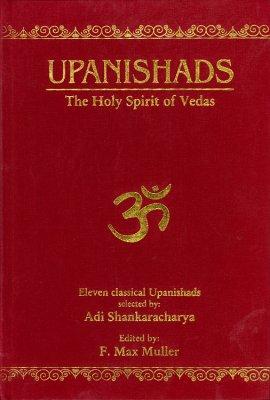

Swami Vivekananda and Ramakrishna
One of the first gurus to impact the West was Swami Vivekananda, a Hindu guru with a name which means, “the bliss of discerning wisdom” (although this name was not given to him until just before his first departure from India). He himself had a guru by the name of Ramakrishna, an Indian Yogi, and mystic who claimed he had his first brush with spiritual enlightenment at the age of six. Ramakrishna maintained that humans were an extension of God in physical form and that by making yourself of service to your fellow man, you were actually serving God. Vivekananda was one of Ramakrishna’s most devoted followers and cared for the illustrious guru during his last days as he battled throat cancer. After his guru’s death, Vivekananda traveled throughout India, stopping in villages for a time and surviving only on the charity of others to continue spreading his philosophies.
A Guru at the Parliament of the World’s Religions
A major influence of Vivekananda’s must have been the introduction of Hinduism to America in 1893 at the Parliament of the World’s Religions, the concept of an Illinois Supreme Court judge. With the goal of engendering understanding among all manner of religious people, the conference was a groundbreaking event for its time. It was one of the first opportunities Chicagoans had to glimpse people of other faiths who were leading spiritually fulfilled lives—quite different from the concepts that many Americans had of foreigners from faraway lands who were either pagan or totally ignorant about religious faith.
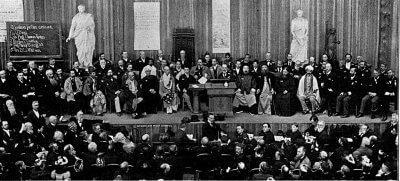
Vivekananda famously addressed the crowd as “Sisters and Brothers of America!” warming the crowd to him almost immediately, strange-looking as the guru probably appeared to them with his turban and long robes. His speech (and ones that followed in the weeks and months to follow throughout the United States) focused on the importance of religious tolerance. The two-minute-long standing ovation the guru received after this speech confirmed his appeal. In the days that followed, the guru was roundly praised in numerous newspaper reports, with some going so far as to recommend an immediate cessation of the dispatching of missionaries to a nation which was obviously so “learned” based on the oratory skills of Swami Vivekananda. After several tours throughout the United States and the United Kingdom, he was offered positions at both Columbia and Harvard Universities. He was unable to accept either due to his devotion to his vocation as a monk and guru.
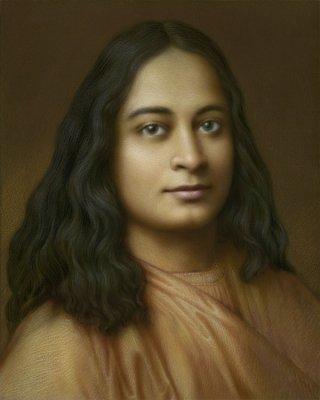
Paramahansa Yogananda – “The 20th Century’s First Superstar Guru”
Not long before Vivekananda made his impact on America, another guru, Yogananda, spoke at the Congress of Religious Liberals in Boston. He quickly developed a following and opened the SRF, Self-Realization Fellowship, which spread his philosophies of the practice of Yoga and meditation along with other Hindu practices. He moved to Los Angeles, where the LA Times referred to him as “…the 20th century’s first superstar guru”, eventually settling there permanently, where he opened an international center for SRF. His book, Autobiography of a Yogi, is considered one of the most spiritually-influential books of its kind and it has been translated into 45 different languages and sold over 4,000,000 copies since its initial release in 1946. Apple founder Steve Jobs has said he re-read the book every year having first encountered it as a teenager and then again during a visit to India.
After his death, a report in Time Magazine noted that even three weeks after his death, which is how long it took between his death and the burial of his body in a crypt in Glendale, California, his body had no physical signs of disintegration or decay. The Self-Realization Fellowship maintains its headquarters in Los Angeles to this day and has expanded exponentially, establishing around 500 hundred locations internationally.
Maharishi Mahesh Yogi – Guru and Developer of Transcendental Meditation
There have been other gurus who have had a dramatic impact on the West as well. One of them, Maharishi Mahesh Yogi (1918 – 2008), who is considered to be the Father of Transcendental Meditation, is one of the better known modern-day gurus, having brought a vast increase in the interest in Eastern religion to the West. The honorific, “Maharishi”, means “great seer” or “great sage” in Sanskrit, a title which was bestowed upon him during his travels throughout India. The teacher of a reported 40,000 plus practitioners of transcendental meditation, the “giggling guru” (so nicknamed by the press due to his propensity for breaking out into laughter during TV interviews) had many famous devotees, including The Beatles and The Beach Boys. His popularity with people in the public eye no doubt had a hand in helping to spread his message to the West and throughout the world.
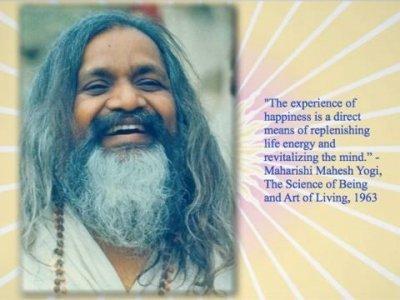
How Can a Guru Help Me?
For most of us, our journey toward self-realization is a multifaceted one. While there are those of us who can teach themselves to play an instrument, perform complicated mathematical equations, or fix a broken television, most of us benefit from—require even—the assistance of someone who can guide us in learning new skills and ways of understanding. That is where your guru comes in. When we realize that stumbling through life day-to-day feeling unfulfilled and unenlightened is not enough for us, we begin searching for something greater than ourselves. It is at this point that our journey towards spiritual enlightenment begins. Finding someone to accompany us on this journey, especially someone who has already been there and has a “road map” to the destination, can be the difference between arriving and turning back.
How Do I Find My Guru?
At times attributed to The Buddha and, alternatively, to a Bible-esque 2,000-year-old book by name of “The Confucian Analects, the quote, “When the student is ready, the teacher will appear” answers this question. Although it sounds counterintuitive at first, it makes perfect sense. A teacher will not be successful in imparting knowledge to a student who is not prepared and eager to learn. Once you begin the search for spiritual fulfillment on your own, through whatever means are available to you, including books, meditation, Yoga, and seeking out others who are similarly-minded, your Guru will make himself known to you. In taking the initiative to pursue spiritual enlightenment on your own, you will begin to create the open heart and mind which will be a necessary foundation to arrive at eventual self-realization.
© 2017 5th Dimensional Quantum Healing & Awareness by Author: Roisin Herrera
